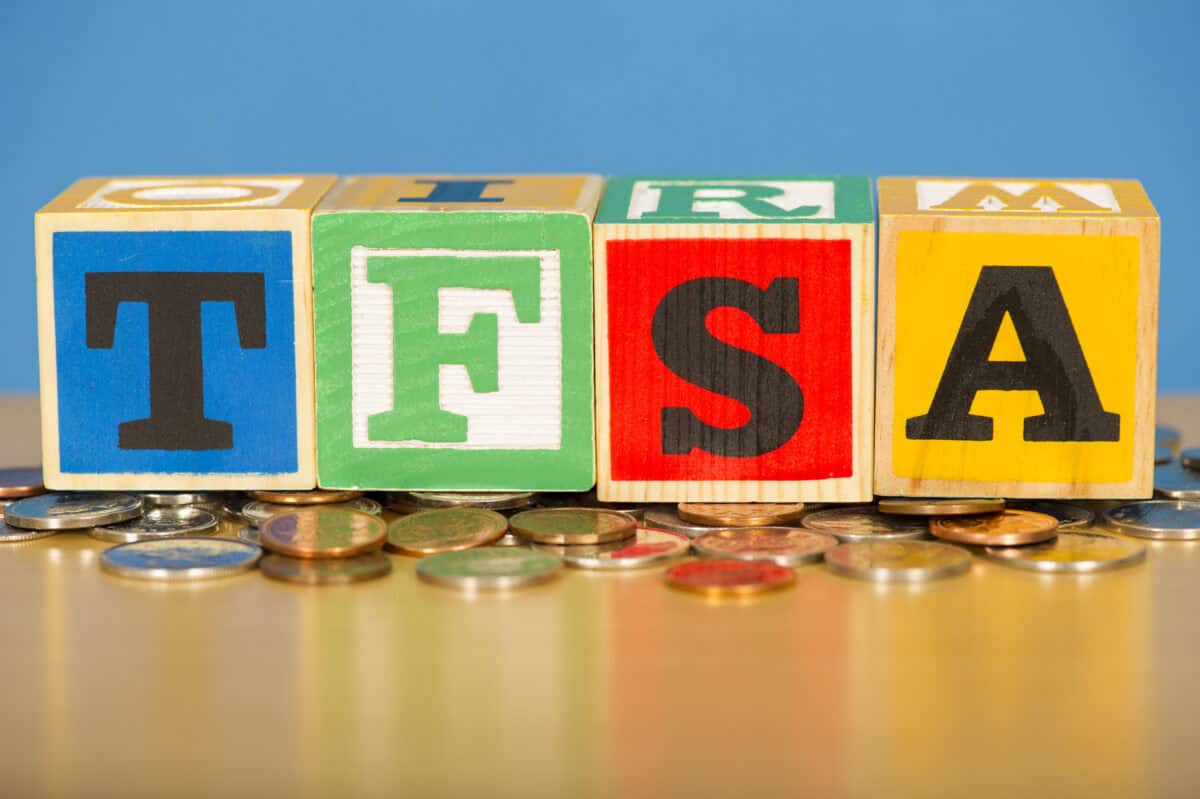What can a $10,000 investment give you? An average Canadian earns $4,500 a month, so $10,000 is a little over two months earnings. You can spend it all or invest in stocks through your Tax-Free Savings Account (TFSA). The 2024 TFSA contribution room is $7,000, so how can you invest $10,000? If you have any of your past contribution room, you can use that or sell some stocks that have reached their peak.
How to turn your TFSA into a gold mine
Every gold mine has a limited amount of gold you can mine over the years. In the same way a gold mine is not forever, an investment is not forever. Every investment has its life (growth potential). Once the company reaches its peak, it is time to cash out and move to the next growth opportunity rather than continue to mine the same stock for bits of returns.
How will you know the stock is near the end of its growth cycle? Similar to how a mining company conducts a feasibility study, you can also do a feasibility study of a stock and build your expectations. Once the stock meets those expectations it is time to move on to the next stock.
If you want to convert $10,000 into $100,000 over 12–15 years, you need a portfolio with a compounded annual growth rate (CAGR) of 16%–21%. So, if this is your goal, you can pick stocks that maintain this growth rate. And when your research shows that the growth has slowed, you can channel your investments elsewhere.
Two TFSA stocks to invest $10,000
Dye & Durham stock
Legal practice management software provider Dye & Durham (TSX:DND) is a good investment option in the current market. Since its stock market debut in 2021, the stock has been falling as rising interest rates pulled down the real estate market. Dye & Durham helps lawyers with due diligence of property transactions. Moreover, the company suffered from two failed acquisitions of TM Group and Link.
These setbacks pushed Dye & Durham way behind its target of achieving $1 billion in EBITDA (earnings before interest, taxes, depreciation, and amortization). However, the company has put these failures behind it and is moving ahead with a new strategy. Instead of growing through aggressive acquisitions, it is broadening the application of its Unity platform to include banking technology.
DND has property data. It has to create a use case for customers who need this data. Banks need property due diligence for mortgages. It could also reach out to home insurers and other parties that could benefit from the Unity platform. At present, 51% of its revenue is contracted, which brings a stable revenue stream, and the remaining is transactional.
However, with interest rates falling and property transactions gaining momentum, DND is seeing a recovery in demand. It is also looking to reduce its almost $1 billion debt to reduce interest costs and narrow losses. These efforts will take time to reflect in the earnings and continue to drive stock price growth in the long term. They could produce 20–30% average annual growth.
goeasy stock
The next TFSA stock for a 16–20% CAGR return is the sub-prime lender goeasy (TSX:GSY). The lender has been perfecting its lending model for years and expanding its operations gradually while taking calculated risks. It has increased its loan offerings to lend to the same and new customers at better rates. Since the loans are short-term, small-ticket loans, the turnaround is quicker than mortgages and the risk is more predictable.
The company expects to reduce its net charge-off rate (percentage of loans not recoverable) to 7.5%–9.5% in FY25. With the loan portfolio growing, processing fees and interest margins continue to grow. The stock price has been growing at a CAGR of 27% over the last five years. Meanwhile, the company grew its dividend at an average annual rate of 26% from $1.80 in 2020 to $4.68 in 2024.
A $10,000 investment in goeasy in October 2019 would now be $33,043 and would have earned a cumulative dividend of $2,871. Adding the two, the stock grew at a CAGR of 29% in the last five years.







